STL315: I can’t believe it’s not wood!
Ben and Mike recap Fine Woodworking New England, and answer a couple questions from our listeners. Amanda is joined by Sophie Glenn, who answers questions on how to get started in metalworking, finishing tips, and how she translates woodworking techniques in her metalworking practice.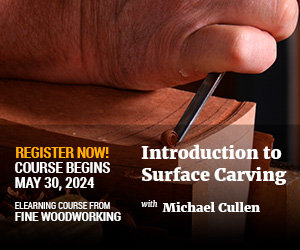 |
Sign up now for Michael Cullen’s Introduction To Surface Carving.
In this immersive online course, students will learn step-by-step how to enliven their woodworking projects by incorporating hand-carved patterns and textures in their pieces. Instructor Michael Cullen has taught handwork around the world and has a deep background in fine furniture. |
A dash of color with your kumiko?
From Nick:
My name is Nick and I’m a 22-year-old woodworker from Jacksonville, Florida. I recently took a box-making class with Mike Pekovich that featured a small kumiko panel. After completing said box I decided to incorporate this technique into an upcoming build (console-style entertainment center). I have only ever seen kumiko done in blondish/white colored woods but am considering a different look to my piece. If I wanted to say make the panels a dark blue or black color how would I go about this? Staining or dying seems like the obvious answer but doing this after assembly would be tedious and result in a less than perfect result I think. Would doing this to the strips before sizing and trimming pieces to length be a good idea? Would dye penetrate deep enough to make the entire strip uniform in color or through and through? Am I overthinking this???
Finishing a frame-and-panel
From Chase:
I am going to attempt my first frame and panel cabinet door soon. I thought of pre finishing the panel pretty early on. There don’t seem to be any downsides to that operation. Finishing the frame pieces seems to be a gamble. You have to avoid the glue surfaces or else you are in trouble. Which do you suggest, no finish on any of the frame until it is all glued up, just finish inside the grooves, or try to get as much finished as possible, and touch up around the glue joints. I am planning on using waterlox if that helps. Lots of articles available online for building the door, but most don’t mention the finishing steps.
CNC or Templates?
From Austin:
I don’t see a plasmacam or other plasma cutting cnc machine in your shop. Do you use a plasma cutter and templates to cut out your pieces, or are you free handing them?
To see more of Sophie’s work visit: https://sophieglenn.com/
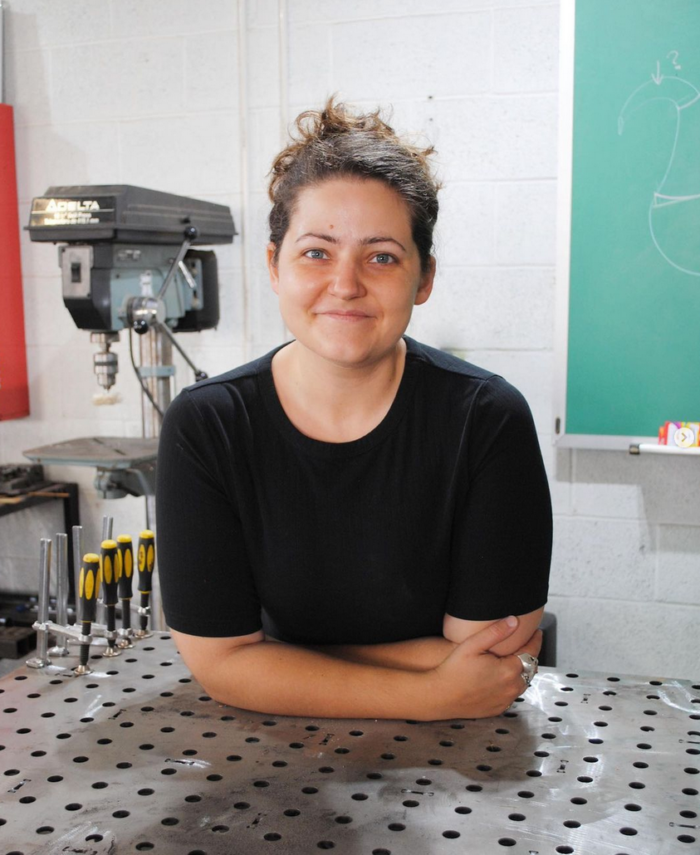
Cutting metal with woodworking tools
From Ben:
I want to know what you think woodworkers can do to safely cut metal on our poor old bandsaws?
From Duncan:
I would be curious what the best kinds of lathes are to do light duty/intermediate wood and metal turning on (or if this should just generally be avoided).
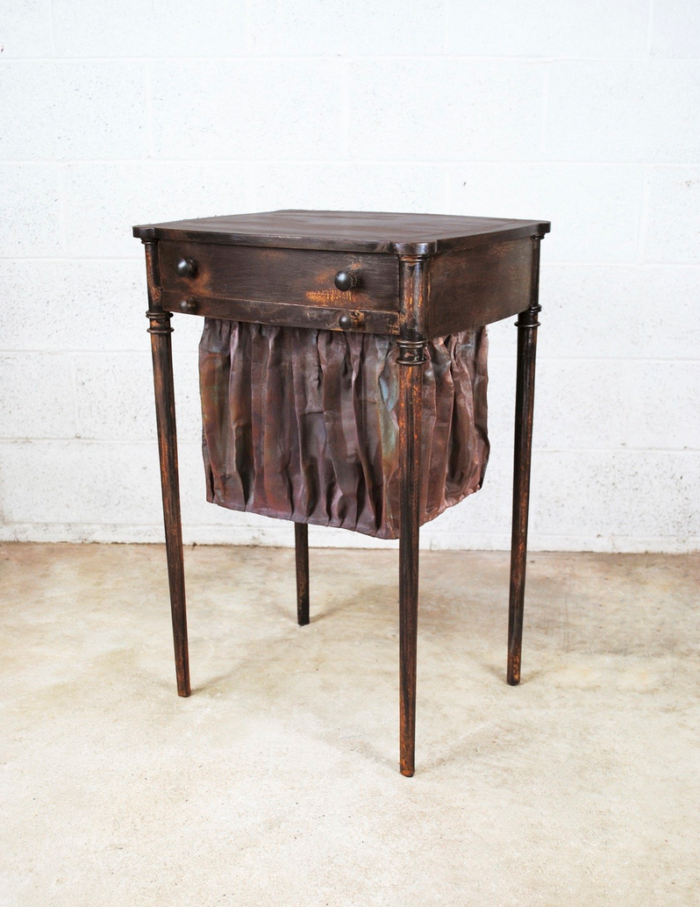
Gluing brass inlay
From Nathan:
Maybe not QUITE be the topic, but I’d love to know the best methods for gluing brass/metal to wood, such as in an inlay, that can hold up to some sanding without getting too hot and melting the glue. I’ve got some laser cut brass that I’m inlaying into walnut, gluing it with epoxy. Hit it all with a belt sander in order to even the surface. If the brass is higher than the wood in some areas, it heats up and if I go too far with the sanding, it’ll melt the epoxy. Just looking for a better method. Thanks!
Every two weeks, a team of Fine Woodworking staffers answers questions from readers on Shop Talk Live, Fine Woodworking‘s biweekly podcast. Send your woodworking questions to [email protected] for consideration in the regular broadcast! Our continued existence relies upon listener support. So if you enjoy the show, be sure to leave us a five-star rating and maybe even a nice comment on our iTunes page.
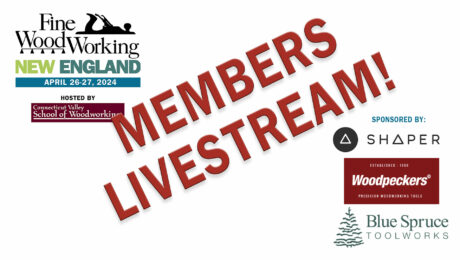
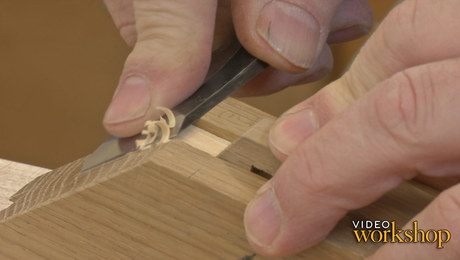


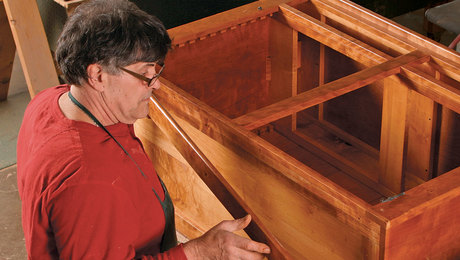
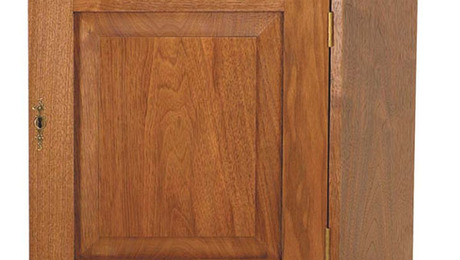






















Comments
Great episode. Great interview Amanda.
Kumiko finished...I'd try a colored lacquer. Pine may be fine, but it is blotchy. Basswood may stain better, I haven't tried it, but for a consistent color, lacquer or colored water based poly would probably work best.
Log in or create an account to post a comment.
Sign up Log in